Construction sites are bustling hubs of intense activity, where skilled workers come together to build the structures that shape our cities and communities. However, they’re also known for being high-risk environments where accidents can occur. At Core Medical Center, we don’t just understand these risks, we specialize in helping individuals who have suffered occupational injuries, including those working in construction. Let’s explore why construction sites are prone to occupational accidents and how our expertise at Core Medical Center can assist with Occupational Injury Claims Blue Springs.
- Hazardous Work Environment
- Highly Physical Work
- Complexity of Projects
- Heavy Machinery and Equipment
- Heightened Risk of Falls
Hazardous Work Environment:
Construction sites are inherently hazardous, with numerous potential risks lurking around every corner. Construction workers are exposed to various dangers daily, from heavy machinery and power tools to heights and unstable surfaces. Factors such as uneven terrain, slippery surfaces, and unpredictable weather conditions can increase the risk of accidents and injuries.
Highly Physical Work:
Construction is physically demanding and often requires workers to perform strenuous tasks for extended periods. Lifting heavy materials, operating machinery, and working in awkward positions can strain the body and increase the likelihood of musculoskeletal injuries. Overexertion, repetitive motion, and poor ergonomics can contribute to conditions such as back pain, muscle strains, and joint injuries among construction workers.
Complexity of Projects:
Construction projects are complex undertakings that involve multiple stakeholders, tight deadlines, and intricate processes. The fast-paced nature of construction work can lead to rushed decisions, inadequate training, and communication breakdowns, all of which can contribute to accidents and errors. Poor planning, insufficient supervision, and lack of adherence to safety protocols can further exacerbate the risks associated with construction work.
Heavy Machinery and Equipment:
Construction sites are filled with machinery and equipment, including cranes, excavators, bulldozers, and forklifts. While these tools are essential for getting the job done, they pose significant risks if not properly used. Accidents involving machinery can result in serious injuries, such as crush injuries, traumatic amputations, and fatalities. Improper maintenance, operator error, and lack of training are common contributors to machinery-related accidents on construction sites.
Heightened Risk of Falls:
Falls from height are a major cause of injuries and deaths in the construction industry. Factors such as lack of fall protection and unstable surfaces increase the risk. Even a fall from a low height can cause severe injuries.
At Core Medical Center, we’re here to provide unwavering support and comprehensive assistance to those who have been injured on the job. We specialize in treating occupational injuries and guiding clients through the complexities of Occupational Injury Claims Blue Springs. From thorough medical evaluations and personalized treatment plans to expert guidance and advocacy, we’re committed to ensuring that construction workers receive the care and compensation they rightfully deserve.
Final Words
Construction sites are prone to occupational accidents due to the hazardous nature of the work environment, the physical demands of the job, the complexity of projects, the presence of heavy machinery and equipment, and the heightened risk of falls. If you’ve been injured on a construction site, remember that Core Medical Center is here for you. We’re dedicated to providing compassionate care and unwavering support to construction workers in Blue Springs and beyond, helping them recover and return to work safely. Don’t hesitate to reach out to us for help with your Occupational Injury Claims Blue Springs.

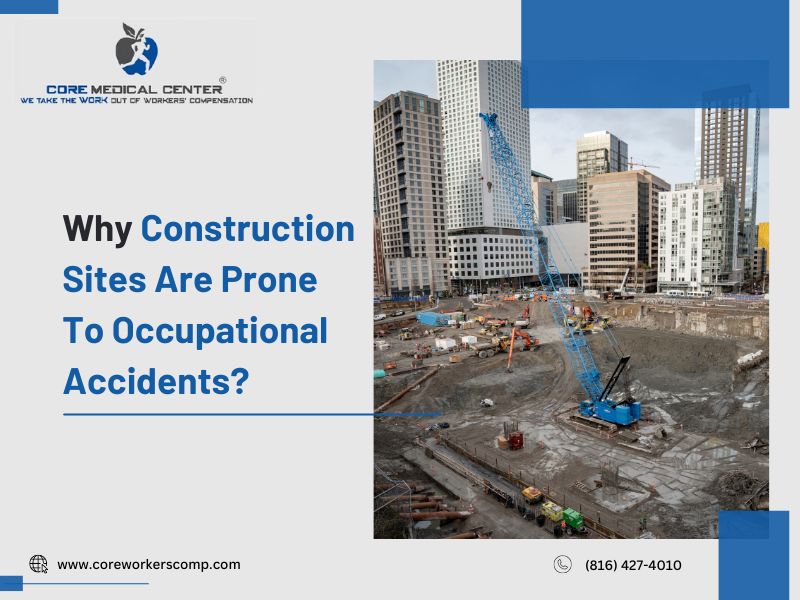
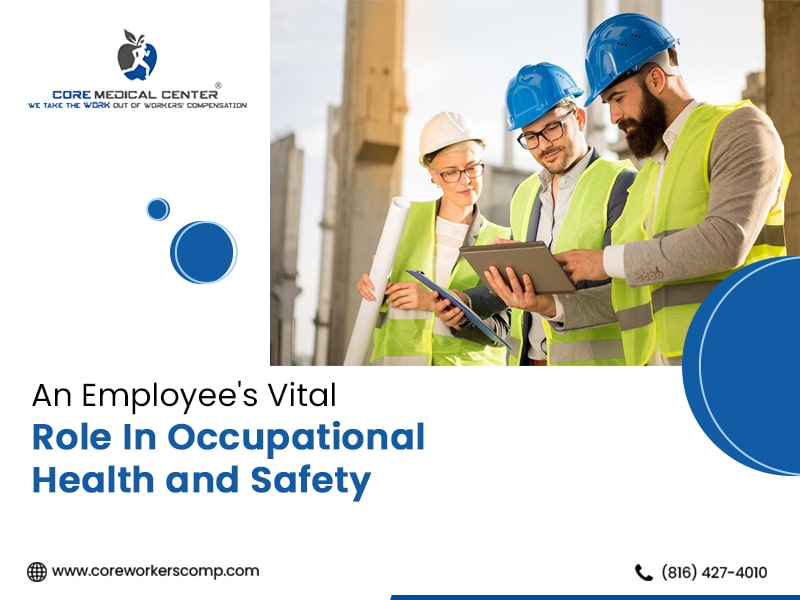
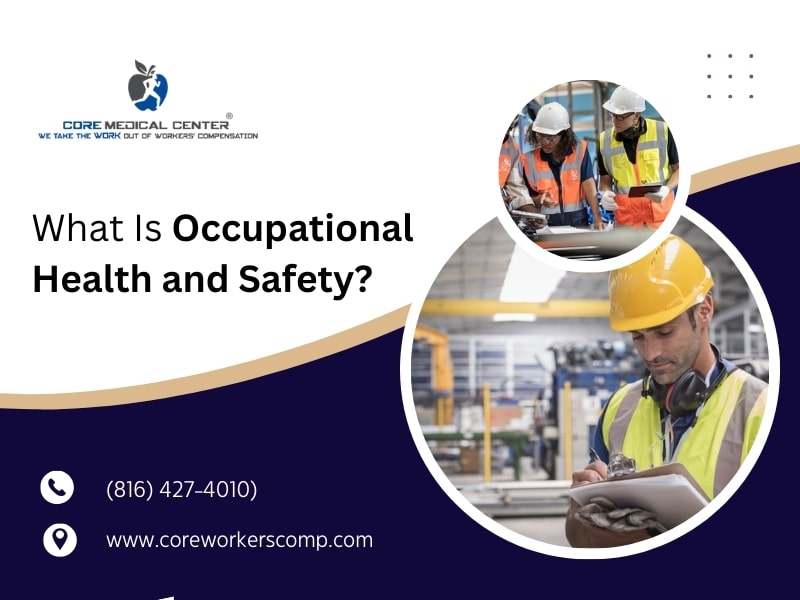
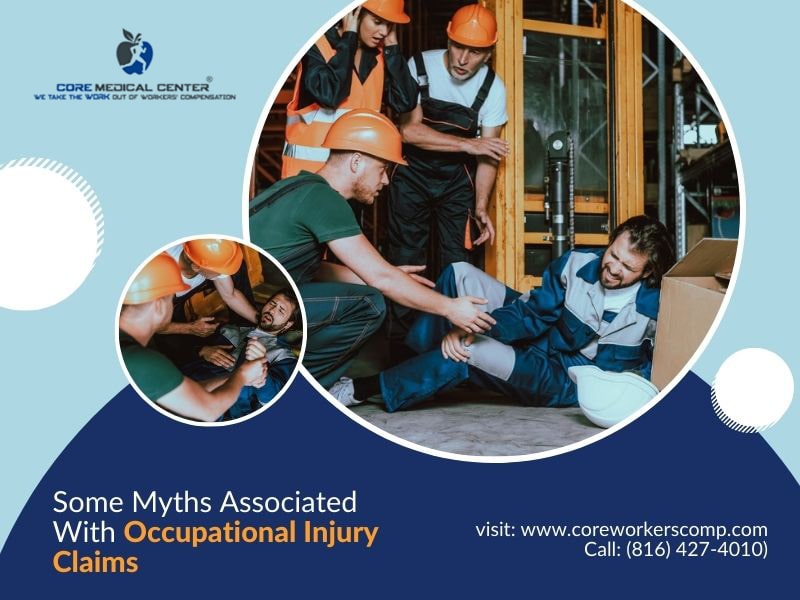
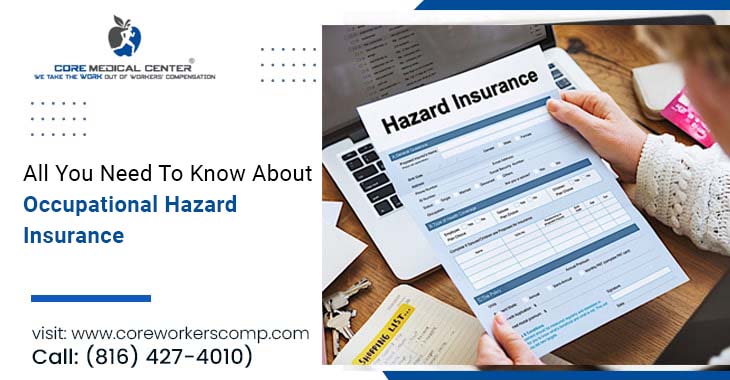

Recent Comments